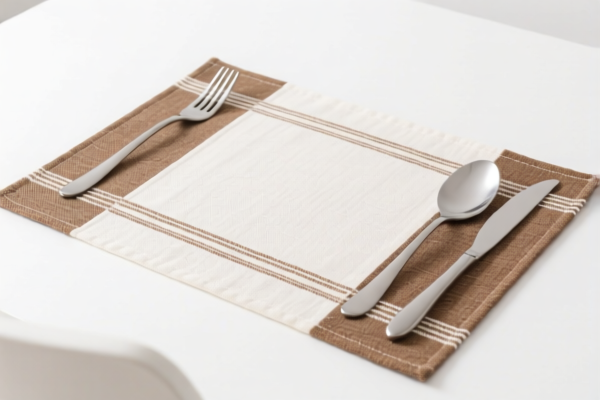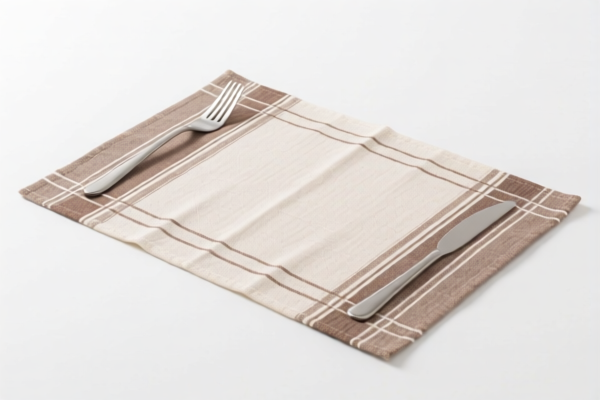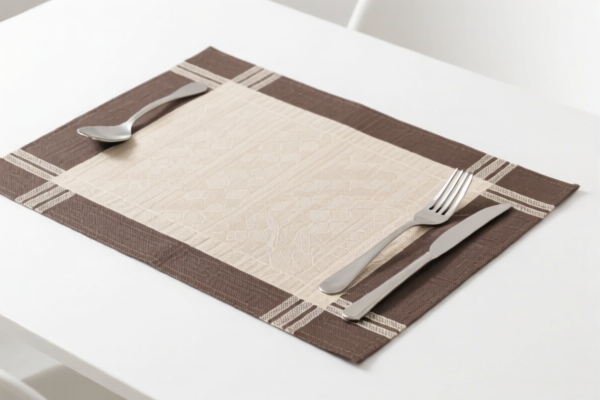| HS Code | Official Doc | Tariff Rate | Origin | Destination | Effective Date |
|---|---|---|---|---|---|
| 6304996040 | Doc | 33.2% | CN | US | 2025-05-12 |
| 6304920000 | Doc | 36.3% | CN | US | 2025-05-12 |
| 8304000000 | Doc | 33.9% | CN | US | 2025-05-12 |
| 8516909000 | Doc | 58.9% | CN | US | 2025-05-12 |
| 3924104000 | Doc | 33.4% | CN | US | 2025-05-12 |
| 3924905650 | Doc | 40.9% | CN | US | 2025-05-12 |
| 6114909070 | Doc | 35.6% | CN | US | 2025-05-12 |
| 6114909040 | Doc | 35.6% | CN | US | 2025-05-12 |




Food Warming Mat
A food warming mat is a device designed to maintain the temperature of food items, typically served or prepared in bulk, preventing them from cooling down prematurely. These mats are commonly used in buffet settings, catering events, and commercial kitchens, but are also available for home use.
Material
Food warming mats are constructed from a variety of materials, each offering different properties:
- Silicone: A common material due to its heat resistance, flexibility, and non-slip properties. Silicone mats are often used for direct food contact.
- Rubber: Provides a stable, non-slip surface and can withstand moderate temperatures.
- Fabric (often with metallic threads): Some mats utilize a fabric base embedded with metallic threads to distribute heat evenly. These are often used in conjunction with a heating element.
- Plastic: Less common for direct food contact due to potential temperature limitations and safety concerns, but may be used for the base or outer layers.
Purpose
The primary purpose of a food warming mat is to:
- Maintain Food Temperature: Keep hot foods at safe serving temperatures, preventing bacterial growth.
- Extend Serving Time: Allow food to remain palatable for a longer duration, reducing waste.
- Improve Presentation: Provide a neat and organized display of food items.
Function
Food warming mats function through several mechanisms:
- Heat Retention: Some mats are designed to passively retain heat from warming trays or chafing dishes.
- Conduction: Heat is transferred from a heat source (e.g., warming tray) through the mat to the food.
- Electrical Heating: Electric warming mats contain integrated heating elements that provide a consistent temperature. These typically have temperature control settings.
- Insulation: Mats often provide a degree of insulation to slow down heat loss.
Usage Scenarios
- Buffets: Maintaining the temperature of a variety of dishes for extended periods.
- Catering Events: Keeping food warm during transportation and service.
- Commercial Kitchens: Holding cooked food at safe temperatures prior to plating.
- Home Use: Keeping food warm during family gatherings or parties, especially when cooking in batches.
- Food Displays: Presenting warm food items in an appealing manner.
Common Types
- Non-Electric Warming Mats: Rely on heat from external sources (warming trays, chafing dishes). Often made of silicone or rubber.
- Electric Warming Mats: Feature integrated heating elements with temperature control. Available in various sizes and shapes.
- Chafing Dish Mats: Specifically designed to fit within chafing dishes, providing a stable and insulated surface.
- Silicone Food Warming Trays: Feature raised edges to contain sauces or liquids, preventing spills.
- Metallic Warming Mats: Utilize metallic threads to distribute heat evenly from a warming tray.
- Disposable Warming Mats: Single-use mats for convenience in large-scale events.
Food warming mats are typically used to maintain the temperature of food, often in a domestic or commercial setting. They are generally constructed from materials that provide insulation and may incorporate electrical heating elements.
The following HS codes may be relevant:
-
8516909000: Electric instantaneous or storage water heaters and immersion heaters; electric space heating apparatus and soil heating apparatus; electrothermic hairdressing apparatus (for example, hair dryers, hair curlers, curling tong heaters) and hand dryers; electric flatirons; other electrothermic appliances of a kind used for domestic purposes; electric heating resistors, other than those of heading 8545; parts thereof: Parts: Other. This code covers electrothermic appliances used for domestic purposes, which could include food warming mats if they utilize electrical heating.
- 85: Electrical machinery and equipment.
- 16: Insulated electrical conductors, other insulated electrical conductors, cables, cords, fittings for conductors, switches and connecters.
- 90: Parts and accessories.
-
3924104000: Tableware, kitchenware, other household articles and hygienic or toilet articles, of plastics: Tableware and kitchenware: Other. If the food warming mat is made of plastic and used as kitchenware, this code may apply.
- 39: Plastics and articles thereof.
- 24: Plastics tableware, kitchenware, other household articles and hygienic or toilet articles.
- 10: Tableware and kitchenware.
-
3924905650: Tableware, kitchenware, other household articles and hygienic or toilet articles, of plastics: Other: Other. This code covers other plastic household articles, which could include food warming mats if they don't fall under the more specific "Tableware and kitchenware" category.
- 39: Plastics and articles thereof.
- 24: Plastics tableware, kitchenware, other household articles and hygienic or toilet articles.
- 90: Other.
Regarding HS code 3924104000 and 3924905650, the total tax rate is 33.4% and 40.9% respectively.
Customer Reviews
No reviews yet.